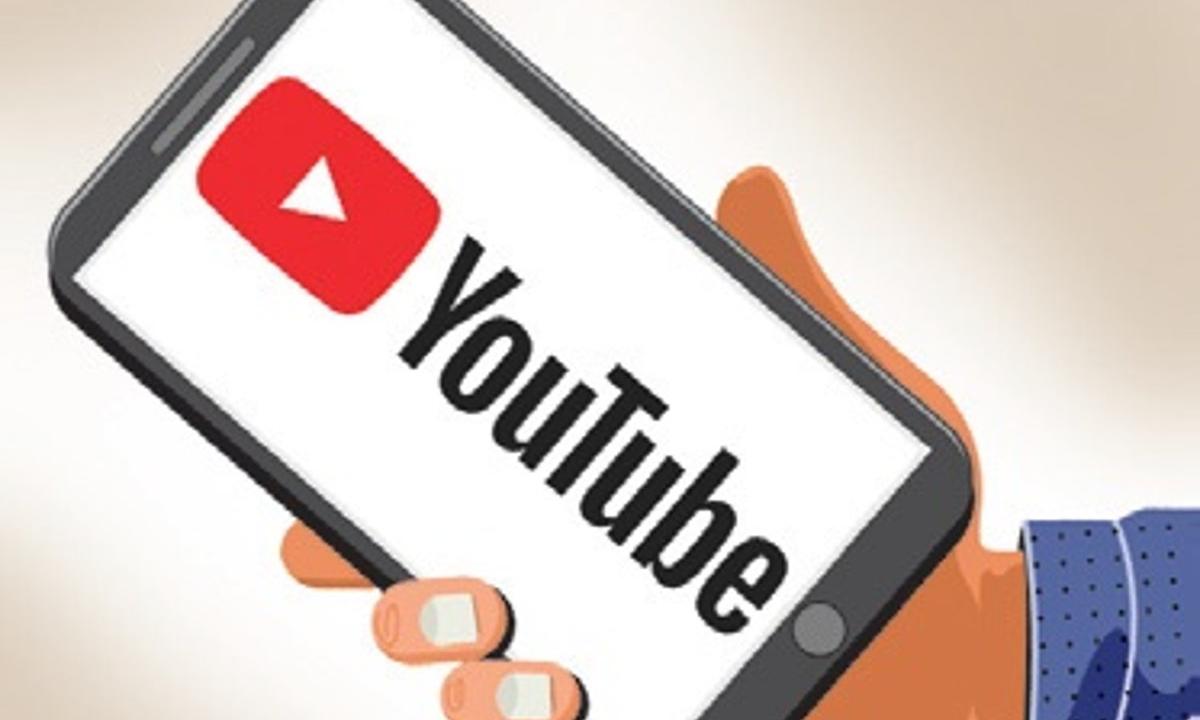
Videos shot with cameras to be labelled by YouTube to show authenticity
text_fieldsYouTube videos shot with a real camera will now have labels specifically saying as much. The tech giant is implementing the new "captured with a camera" label as part of its larger initiatives to address AI-generated content on the site.
The updated label, which will show up in a video's expanded description, is intended to demonstrate that “the creator used specific technology to verify their video’s origin and confirm its audio and visuals haven’t been altered,” YouTube said, Indian Express reported.
This implies that the only videos that can have their tags applied in this way are those that contain unedited audio or video. Furthermore, only a limited number of cameras and recording devices will support the capability.“For “captured with a camera” to appear in the expanded description, creators must use tools with built-in C2PA support (version 2.1 or higher) to capture their videos,” the company said.
The verification process is based on an open, technical standard produced by the Coalition for Content Provenance and Authenticity (C2PA). When a video is posted to YouTube, the platform's tools will attach certain information or metadata to the video file as long as it does not contain modified footage or sound and was taken using supported technology.
“YouTube will relay the information that the content was “Captured with a camera,” and apply the disclosure when it detects this metadata,” the platform said.
According to YouTube, the label will not appear if the content has been modified in such a way that tracing the video back to its origin is difficult.
“For example, if you capture an image with C2PA metadata and then save it to your phone’s photo album that doesn’t support C2PA v2.1 or higher, that may break the chain of provenance,” YouTube said.
The platform also suggests avoiding “significant alterations to the video’s core nature or content, including its sounds or visuals” if you want your video to be marked as “captured with a camera”.
Currently, YouTube's policy requires producers to self-disclose content created using AI tools. It is also apparently working on ways for producers to take action against AI-generated content on the site that is created in their likeness.























